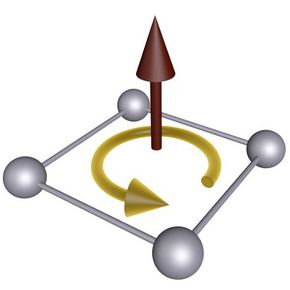Subproject T5
Topological Matter, Anyons and Many-Body Entanglement
Prof. Dr. Belén Paredes
Topological states of matter represent an exotic organizational form of quantum matter that contradicts the traditional paradigms of condensed matter physics. In these states, particles are ordered following a hidden global pattern which is not associated with the breaking of any symmetry and is revealed in the presence of topological quasiparticles obeying exotic statistics. Our understanding of how topological order emerges from the microscopic degrees of freedom of a quantum many-body system is far from complete. Especially intriguing is the possible formation of non-Abelian topological phases, whose excitations display non-Abelian braiding properties with potential application for quantum information processing. The goal of this project is to explore physical mechanisms by which non-Abelian topological phases arise, sharpening our theoretical picture of their origin and serving as a guide for their realization in physical systems. To this end, we will take advantage of the most recent spectacular advances in the control of ultracold atomic systems to propose realistic and experimentally feasible model settings. The proposal is structured around three challenges: i) Identify novel physical mechanisms for the generation of topological states of matter, ii) Develop and investigate theoretical models able to produce these phases, and iii) Develop theoretical tools to engineer ultracold atomic gases for the quantum simulation of topological phases and the manipulation of quasiparticles with exotic braiding statistics. Our focus will be on different instances of non-Abelian matter and non-Abelian anyons, such as non-Abelian Chern insulators, Pfaffian-like states and parafermions. Moreover, we will investigate topological insulators and superfluids in novel symmetry classes and explore how they can serve as physical pathways to prove Riemann’s conjecture. We believe that the combination of analytical theoretical approaches and model settings that will result from this research program will enhance our theoretical understanding of topological order, paving the way towards taming and harnessing quantum matter, with potential impact in quantum information processing.





